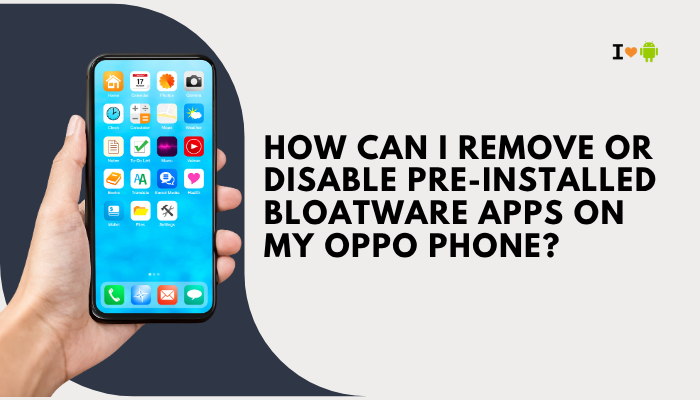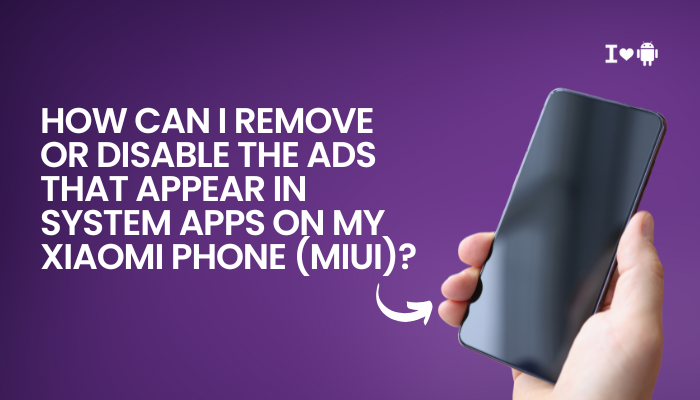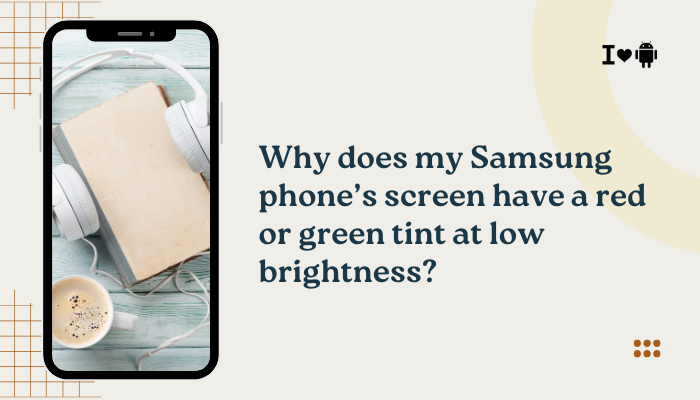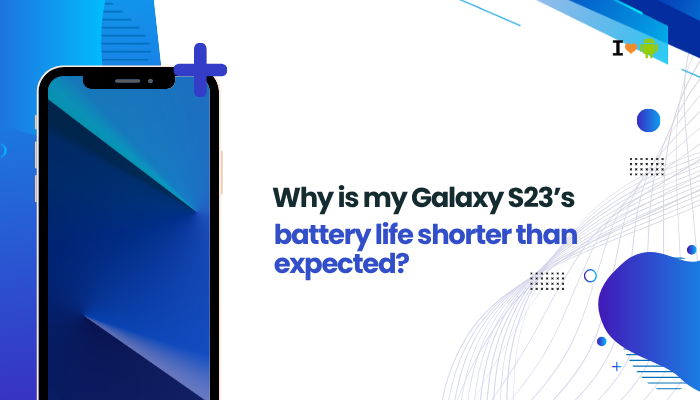Introduction
Oppo and Realme smartphones ship with a handful of pre-installed “bloatware” apps—browser trials, carrier tools, theme stores, or regional services—that many users never touch.
While some system apps are essential, others simply consume storage, run background services, and send unwanted notifications. Fortunately, you can disable or remove most of these without voiding warranty.

Disable or Uninstall via Settings
Quick Disable for User Apps
- Open Settings → App Management → App List.
- Tap the unwanted app.
- If Uninstall is available, tap it to remove the app.
- Otherwise, tap Disable to stop it from running or appearing in the launcher.
Note: Disabling hides the app and prevents updates or background services but retains core system files.
Remove Updates for System Apps
Revoke Functionality Without Root
- Settings → App Management → App List → [System App] (e.g., Game Center)
- Tap Clear data → Clear all data to reset it.
- Tap Uninstall updates to revert to factory version.
- Finally, tap Disable to stop it.
This often removes unwanted features while retaining system stability.
Hide Icons with Private Safe
Conceal Apps from the Launcher
- Settings → Security → App Lock & Hide Apps (or Icon hiding).
- Enable Hide apps and select the bloatware you never launch.
- Set a password or fingerprint to protect the hidden space.
Hidden apps remain installed but invisible on your home screens and App Drawer.
Use ADB to Uninstall or Disable Apps
No Root Required, but Requires PC
- Enable Developer Options:
- Settings → About Phone → Tap Build number 7× → enter PIN.
- Enable USB Debugging:
- Settings → Developer Options → toggle USB debugging.
- Install ADB on PC:
- Download Android SDK Platform Tools for Windows/Mac/Linux.
- Connect via USB, authorize the PC.
Open Terminal/Command Prompt and run:
bash
CopyEdit
adb devices
adb shell pm uninstall --user 0 com.oppo.unwantedapp- Replace com.oppo.unwantedapp with the package name (find via adb shell pm list packages).
Caution: Only remove non-critical apps; uninstalling core services may break system features.
Leverage Third-Party App Disablers
No Root, No PC Needed
Several apps on Google Play can list and disable bloatware:
- Package Disabler Pro
- BK Package Disabler
How to Use
- Install the disabler app and grant Device Admin rights.
- Browse the list of installed packages.
- Tap to Disable unwanted entries.
These tools create a safe disable layer without wiping system partitions.
Root Your Device for Full Control
Pros and Cons of Rooting
- Pros: Remove any system APK, free up /system space, uninstall deeply embedded packages.
- Cons: Voids warranty, may break OTA updates, weaker security.
Root-Based Removal Steps
- Unlock Bootloader (see Xiaomi/Realme unlock guide).
- Install Magisk via custom recovery (TWRP).
- Open Magisk Manager → Modules → + to install MagiskHide Props Config if needed.
- Use a root-enabled file explorer (e.g., MiXplorer, Solid Explorer) to navigate to /system/app or /system/priv-app.
- Delete the app’s folder and reboot.
Only delete apps you recognize; avoid com.android.* or com.coloros.* core packages.
Flash Minimal Custom ROM or Debloated Build
For Advanced Users
Installing a community-maintained ROM (e.g., LineageOS for Realme, Pixel Experience) provides a clean Android experience without Oppo bloat.
Flashing Steps
- Unlock Bootloader and install TWRP.
- Download a supported ROM and optional GApps.
- Boot to TWRP, Wipe → Advanced Wipe → Dalvik, Cache, System, Data.
- Install the ROM and GApps zips.
- Reboot and set up a pristine system.
This removes all bloat but requires familiarity with custom Android.
Use Safe Mode to Identify Stubborn Bloat
Diagnosing Boot-Time Launchers
Safe Mode disables all third-party apps to help you pinpoint problematic bloatware.
How to Enter
- Hold Power → long-press Power off → tap OK on Safe Mode prompt.
- Observe behavior; if lag or notifications improve, identify and uninstall offending apps.
- Reboot to exit Safe Mode.
Remove Carrier-Installed Apps
Special Considerations
Carrier bloat (e.g., Vodafone Suites, T-Mobile Apps) may be signed as system and resist normal uninstall.
Solutions
ADB Uninstall for Carrier Apps:
bash
CopyEdit
adb shell pm uninstall --user 0 com.carrier.delivery- Package Disabler with Root: Use root and Titanium Backup to freeze or remove.
Repeated Maintenance and Updates
Keep Your System Lean Over Time
- Periodically Review your App Management list for new unwanted installs.
- Clean Cache: Settings → Storage → Clean, to remove leftover files from uninstalled apps.
- Reapply Disables after ColorOS Updates: Major OTA can re-enable disabled apps.
- Use Automation Tools: Tasker scripts or MacroDroid to disable specific packages after boot.
Precautions and Warnings
- Backup First: Always make a full backup (cloud or local) before removing system apps.
- Don’t Remove Critical Services: Avoid com.android.phone, com.coloros.*, com.google.android.*, or apps you’re unsure of.
- Test One at a Time: Disable/uninstall a single app, reboot, and verify system stability.
- Keep Firmware Stock for OTA: If you rely on official updates, prefer disabling over uninstalling, or use ADB uninstall –user 0 which preserves system partition for OTAs.
Conclusion
Bloatware on Oppo and Realme devices can be more than just “annoying” — it can drain resources and clutter your UI. By following these ten methods, you can selectively disable or remove unwanted apps, from quick Settings toggles to ADB commands and root-level uninstalls.
Whether you choose a simple disable, an ADB-only approach, or a full custom ROM flash, always proceed cautiously: back up your data, confirm package names, and test system stability after each change. With a lean, bloat-free Oppo phone, you’ll unlock better performance, fewer distractions, and a cleaner, more personalized Android experience.





